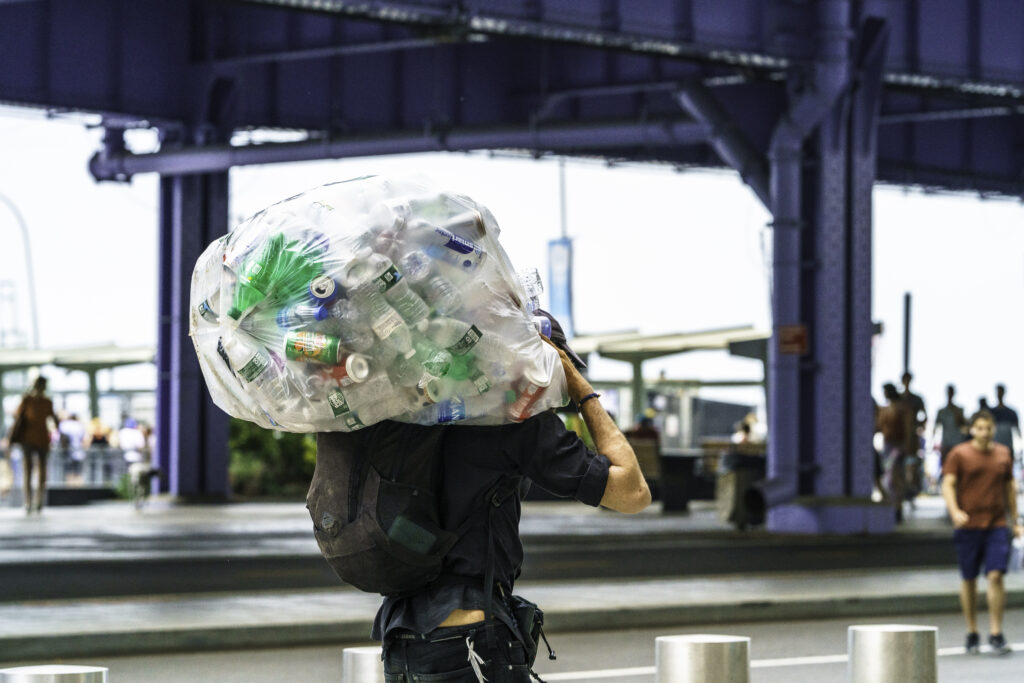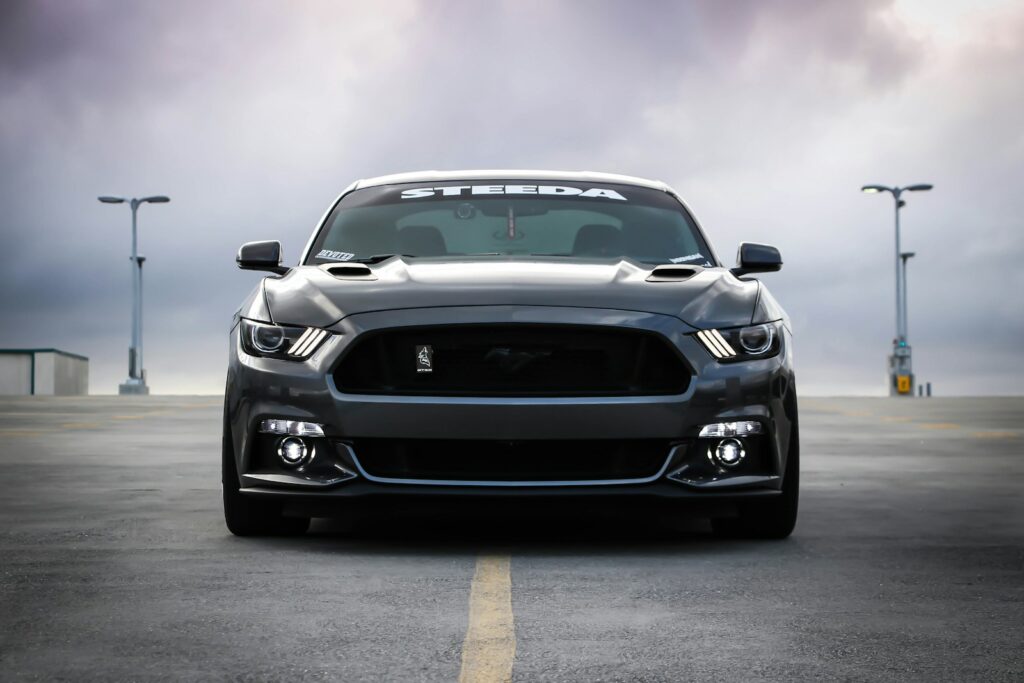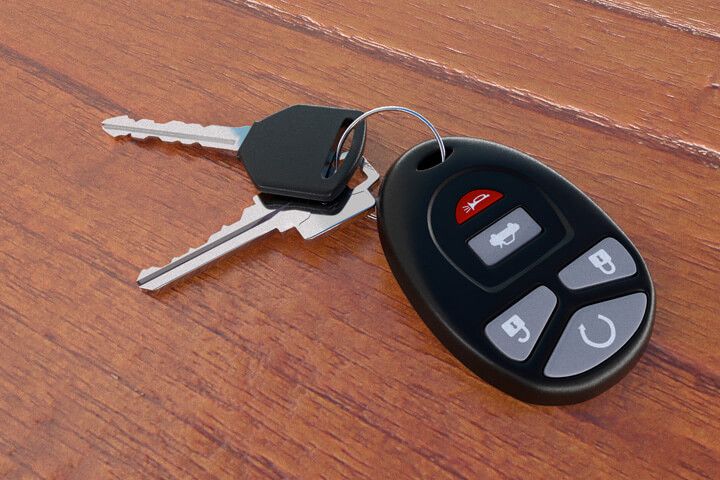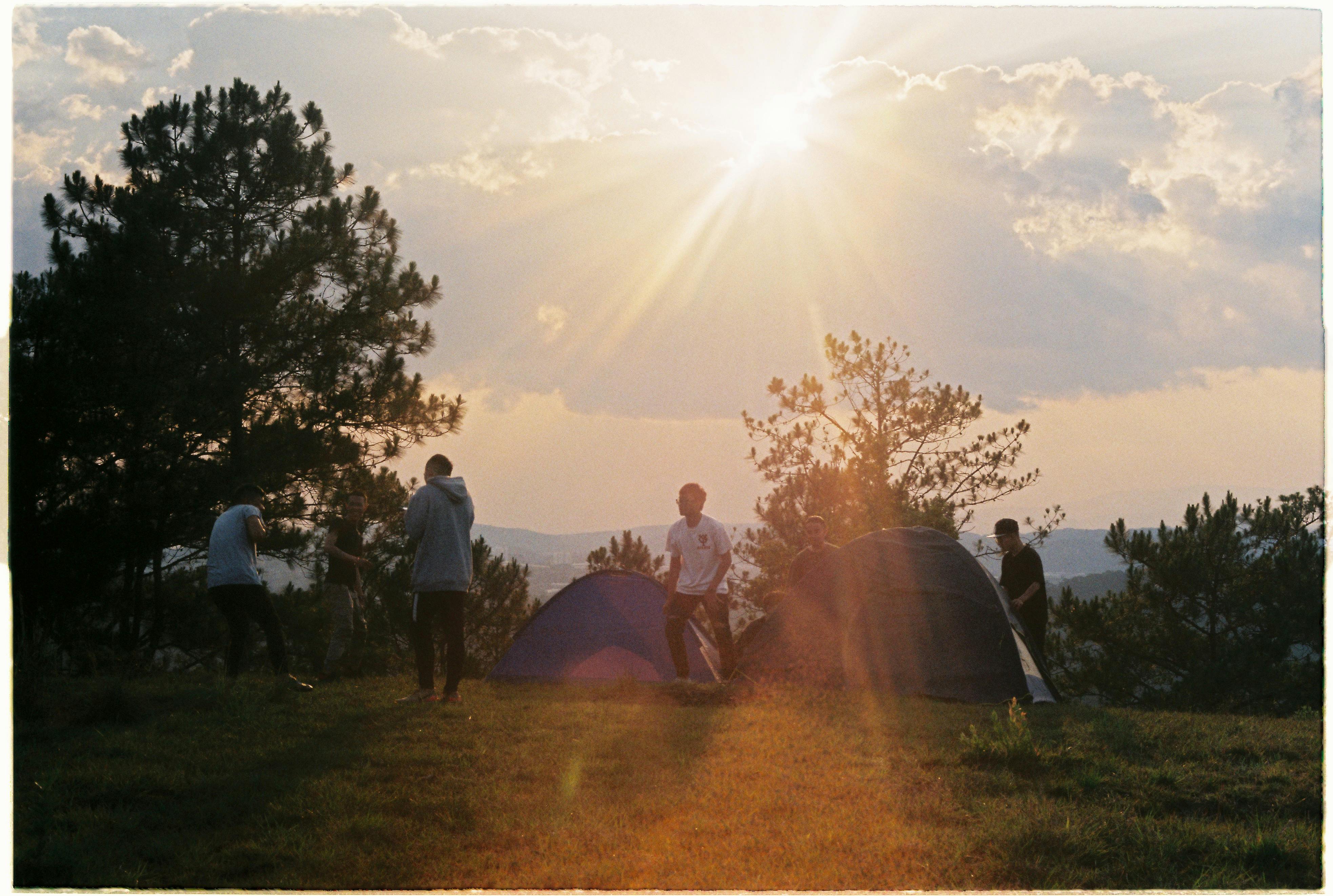
Picture this: you’ve just arrived at your favorite campsite, the sun is setting, and you’re ready to light the campfire… only to realize you forgot the matches. Or worse, your headlamp batteries died, and your phone’s flashlight is barely holding on. Sound familiar? You’re definitely not alone in this classic camping facepalm moment that can turn a dream trip into a scramble for solutions! Forgetting essential gear is a rite of passage for many outdoor enthusiasts, but it doesn’t have to be your story.
We get it – packing for a camping trip can feel like a prospective-memory task where your brain needs to remember to remember, as science would put it. Add in pre-trip stress, the kids asking where the gummy worms are, and your favorite tunes blasting, and poof – your mental checklist can just implode. Our friends at Camping Checklist™ app users shared their top brain-benders, with 42% forgetting an item due to a last-minute work email, 38% blaming kids’ gear chaos, and 31% falling victim to a weather forecast flip-flop. Even over-confidence (“I got this”) was a culprit for 27% of folks!
But fear not, fellow adventurers! We’re here to transform your packing routine from those regrettable “oops” moments into a triumphant “heck yes!” We’ve blended our own “d’oh” moments with wisdom from the crowd, compiling a list of seriously essential camping items you’ll regret leaving behind. By converting the chaos into easy-to-manage categories, we’ll help you master the art of the pre-trip prep. So, let’s dive into the first half of our ultimate list and ensure your next journey into the wild is smooth, safe, and fully stocked!
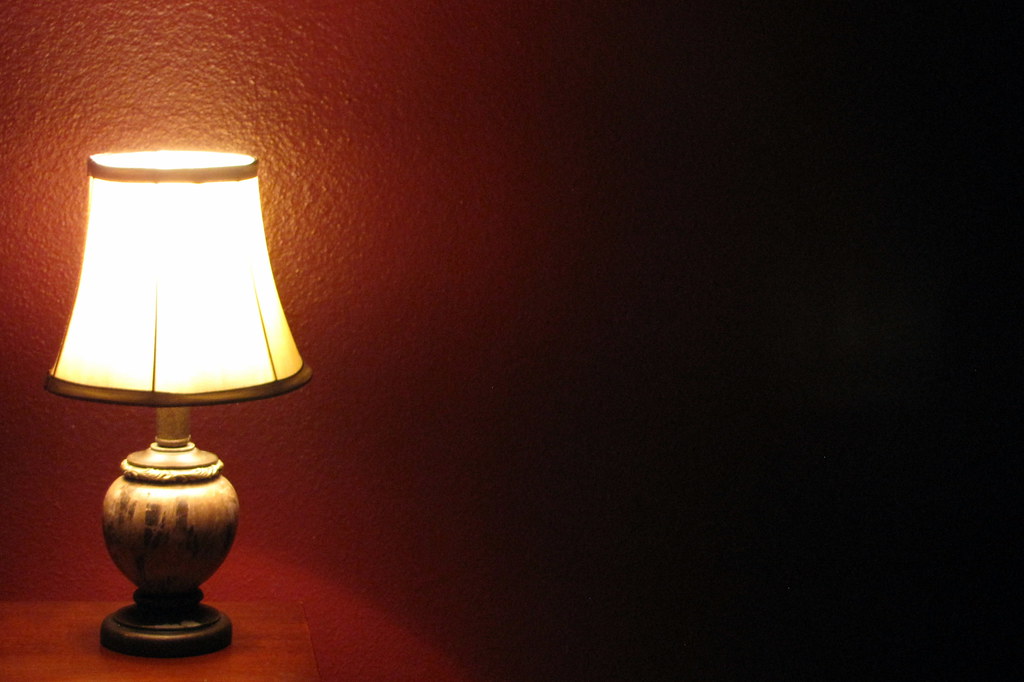
1. Illumination Essentials: Don’t Be Left in the Dark!
There’s nothing quite like the sudden realization that night has fallen, and your primary light source is… your phone at 4% battery. This isn’t just an inconvenience; it can quickly become a safety hazard. We’ve all been there, like on that Boundary Waters trip when we paddled back at dusk only to realize the only working light was a dying phone. “Cue loon calls and sheer terror,” indeed! This experience taught us a crucial lesson: always, always have multiple sources of light.
To avoid stumbling around in the dark, consider a triple-redundancy approach for your illumination. A reliable headlamp, like the Petzl Actik Core (which is rechargeable, by the way!), is absolutely vital for hands-free tasks. Complement this with a robust lantern, such as the Black Diamond Apollo, which has the added bonus of doubling as a power bank – talk about a hero! And for those moments when you need a super-quick, crazy-bright backup, a micro-light like the Olight i3T EOS on your key-ring can be a real lifesaver.
Beyond just having the right lights, thinking ahead about their power source is paramount. Always remember to “pack spare lithium batteries” because, as we’ve learned the hard way, “alkalines leak in summer heat.” And here’s a pro-tip straight from our shared experiences: “Don’t rely on your phone flashlight; it drains fast and kills navigation apps.” Your phone has bigger jobs to do, like keeping you connected or helping you navigate, so let dedicated lighting tools handle the illumination.
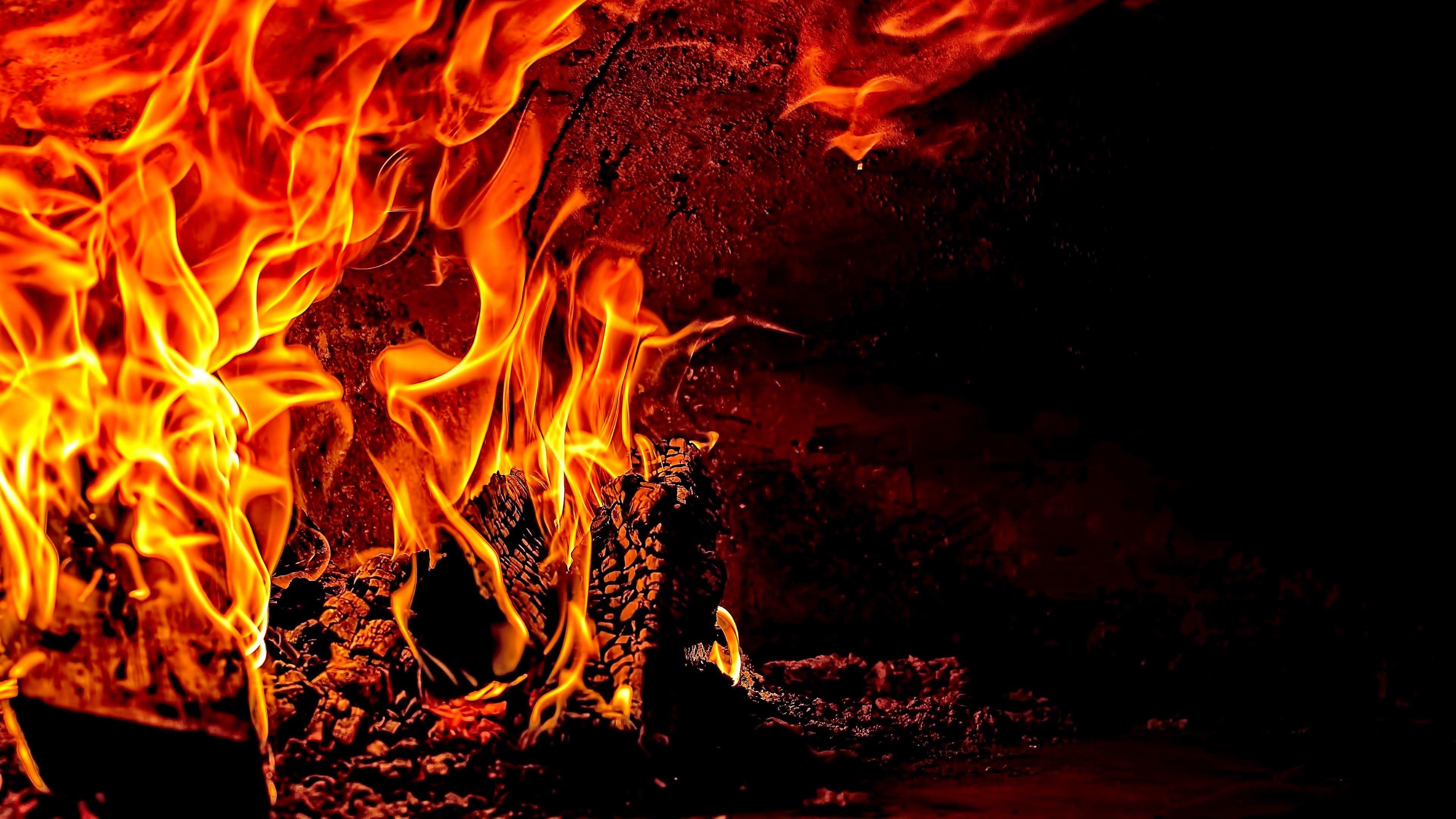
2. Fire Starters & Fuel: Beyond the Bonfire Basics
Ah, the quintessential campfire. It’s the heart of any camping trip, providing warmth, cooking capabilities, and that undeniable cozy ambiance. But what happens when “matches get soggy, lighters vanish, and propane runs out at 6 a.m. when coffee is life?” A silent, chilly morning, that’s what. Mastering fire-making techniques is one of the most essential survival skills in the wilderness, providing warmth, allowing you to cook food, and serving as a signal for help.
To ensure you can always get a blaze going, adopt a “triple-redundancy” strategy for your fire starters. Start with a pack of waterproof matches, like the UCO Titan, which are designed to withstand the elements. Next, a ferro rod, such as the Light My Fire Swedish FireSteel, offers a reliable, spark-producing method that works even when wet. And for ultimate versatility, a wind-proof lighter, like the Zippo Flex Neck, can be a game-changer when conditions are breezy.
Fuel is just as critical as the starter itself. If you’re relying on a propane heater like a Mr. Heater Buddy, don’t underestimate your consumption. The experts suggest you “grab a second 20 lb. tank” because a “weekend burn rate ≈ 5 lb./night at 4k elevation.” Being prepared with ample fuel means you won’t be left shivering or struggling to boil water when you least expect it. Choose a safe location for your fire, clearing away debris and setting it up at least 10 feet from your shelter and any flammable materials, and always extinguish properly with water or dirt until it’s cold to the touch.

3. Hydration Heroes: Water, Water Everywhere, But Not a Drop to Drink?
Finding water in the wild is often not the problem; purifying it, however, is where many campers fall short. Seriously, if you “Forgot your filter? Enjoy giardia’s explosive consequences.” Access to clean water is absolutely critical for survival in the wilderness, and understanding various purification techniques can literally mean the difference between life and death. Dehydration can impair cognitive abilities, making it harder to think clearly or make sound decisions.
Thankfully, there are several reliable methods to ensure your drinking water is safe. Boiling is one of the simplest and most effective ways to kill pathogens. Just “bring water to a rolling boil for at least one minute, longer at higher elevations.” For on-the-go purification, portable water filters are fantastic. Our context highlights the Sawyer Squeeze, which is a “squeeze filter” that can process “1 L/30 s” and weighs a mere “3 oz,” though it doesn’t remove viruses. For that, a “UV pen” like the Katadyn Steripen Ultra, at “90 s/L” and “5 oz,” offers “✅ Viruses” protection.
Another indispensable backup for water purification is chemical treatment. “Chemical tabs” like Aquamira are incredibly lightweight at just “0.7 oz” and are effective against viruses, taking about “30 min” to work. Our team personally advocates for carrying a “Sawyer + tabs backup—fast filtration with chemical insurance,” offering both speed and comprehensive protection. Remember to “drink small amounts regularly” and “monitor your urine color; light yellow indicates proper hydration” to stay on top of your water intake in the wild.

4. Camp Kitchen Catastrophes: Utensils, Spices, and Cleaning Crew
Mealtime in the wilderness should be a joy, not a frustrating scavenger hunt for essential tools. Yet, it’s alarmingly easy to forget those small but mighty items that make cooking and eating outdoors a breeze. The “top forget-me-nots” often include fundamental items like a can-opener, cooking oil, salt, and a scrub-sponge. Imagine successfully catching a fish only to realize you have no way to season it, or struggling to open a can of beans for dinner!
Here’s a fantastic hack that can save your camp culinary creations: “Pre-mix “camp seasoning” in an old Tic-Tac box—salt, pepper, garlic, chili flakes.” This simple trick means you’ll always have your essential flavors at hand, ready to elevate any meal. “Thank us later for the chili-lime trout,” because a little seasoning can transform even the simplest camp fare into something truly memorable.
And let’s not forget the clean-up! “Zero-impact clean-up” is not only good for the environment but also for your sanity. Having the right tools makes the task quick and easy. biodegradable soap, like Campsuds, is a must, paired with a durable scrubber like the Scrubr silicone sponge. These items ensure your cooking gear is clean and ready for the next meal, keeping your campsite hygienic and your conscience clear.

5. Comfort & Convenience: Small Luxuries, Big Impact
Camping doesn’t always have to mean roughing it entirely. Sometimes, the smallest luxuries can make the biggest impact on your overall comfort and enjoyment in the great outdoors. Forgetting these convenience items can turn a relaxed evening into a stiff, awkward affair. It’s about bringing a touch of home to the wilderness without overpacking.
Consider items that enhance your relaxation after a long day of adventuring. A “collapsible sink – Sea to Summit Kitchen Sink” is incredibly versatile, not only for washing dishes but also for chilling beers (a true luxury!). And instead of perching on a log, a “packable chair – Helinox Chair One” (weighing “under 2 lb.”) provides legitimate back support and comfort. Even something as simple as “slip-on camp shoes – Crocs Classic Clog” can make a world of difference, allowing your feet to air-dry in “7 min flat” after a hike.
The Akron-Canton Jellystone staff “concur: ‘Extra blankets and pillows ensure cozy nights,'” and we couldn’t agree more. A compressible pillow and a rumpl throw for stargazing can elevate your sleep system significantly. These aren’t just frivolous extras; they are sanity savers that help you fully recharge and appreciate the natural beauty around you, proving that a little bit of comfort goes a long way when you’re under the stars.
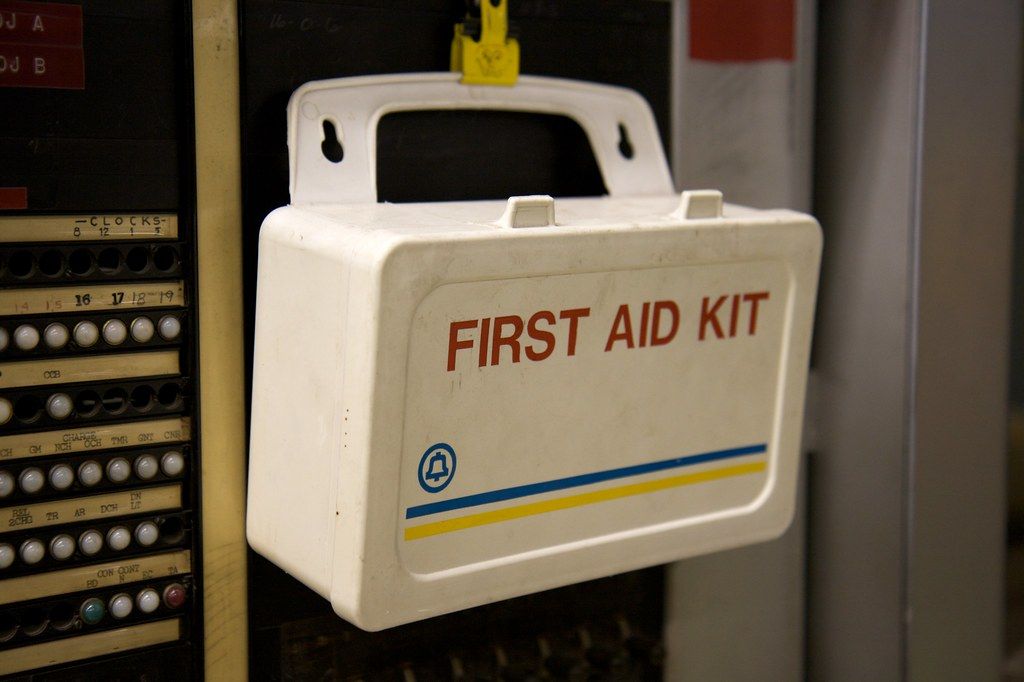
6. First Aid & Personal Care: Health and Hygiene on the Go
No matter how careful you are, scrapes, blisters, and unexpected ailments are an inherent part of outdoor adventures. Forgetting crucial first aid and personal care items isn’t just an inconvenience; it can be downright dangerous. The non-negotiables are crystal clear: always pack an EpiPen if needed, all your prescription meds, and blister pads. These are the items that can’t be improvised or replaced by a friendly neighbor.
While you can buy pre-made first aid kits, we often recommend a “Build vs. Buy” approach, tweaking an existing kit like the Adventure Medical Kits Ultralight. Essential additions include “Leukotape (miracle blister prevention)” to keep your feet happy, “Ibuprofen single-packs (dosage labeled)” for pain relief, and “AfterBite Xtra (stops chigger tantrums)” because bugs happen. A comprehensive first aid kit should also include basics like “Bandages, Antiseptic wipes, Pain relievers, [and] Any personal medications” as emphasized in survival skills guides.
“Camping Kiddos nails it: ‘Make sure not to forget any prescription medications that you may need.'” This point cannot be stressed enough. Double-check every bottle and ensure you have enough for the entire trip, plus a buffer. As the saying goes, “grandma’s BP meds won’t help at 3 a.m.” if you forgot yours. Prioritizing health and hygiene means you can tackle any minor setback with confidence and enjoy your trip worry-free.
Read more about: You Won’t Believe How Gross These 14 Common Household Items Actually Are: Your Ultimate Germ Hotspot Guide!

7. Power Up! Charging & Electronics
In our increasingly connected world, even a wilderness escape often relies on powered devices – phones for navigation, cameras for memories, and headlamps for safety. The dreaded low-battery notification can spark real panic, especially when you’re miles from the nearest outlet. Leaving your charging essentials behind is a mistake you’ll regret the moment your phone dies halfway through snapping that perfect sunset photo.
To keep all your gadgets humming, a robust power bank is your best friend. The “Anker PowerCore 20k” is a stellar choice, capable of providing “5 phone charges,” ensuring your crucial devices stay alive. For longer trips or when you’re constantly on the move, consider a “solar panel” like the “BigBlue 28 W,” which efficiently “charges via USB-C while you hike,” harnessing nature’s energy to power your electronics.
Car campers have an extra trick up their sleeve: a “12-volt splitter – Bestek 3-socket” for their “car-camping basecamp.” This allows multiple devices to charge simultaneously right from your vehicle. And a crucial tip for any camper: “Cold snaps murder battery capacity.” Remember that “batteries die 3× faster in cold weather”! To combat this, always “keep electronics in sleeping bag footbox overnight” or pack spares in an inside pocket to maintain their charge and readiness.” , “_words_section1”: “1948
Now that we’ve tackled basics like light, food, water, and comfort, it’s time to level up our packing! From navigating to patching, sleeping, and battling bugs, these seven essentials are the unsung heroes of an epic outdoor escape. Get ready to transform “oh no!” moments into triumphant “I got this!” declarations!
Read more about: Hybrid Car Battery Woes: An In-Depth Guide for Savvy Owners to Avoid Thousands in Repairs

8. Navigation & Communication: Stay Found, Stay Connected
Ever felt the creeping dread of being lost, picturing yourself “starring in 127 Hours: The Musical”? Losing your way isn’t just inconvenient; it can be serious. Many campers underestimate navigation, leading to disorientation that turns a fun hike into a frantic search.
To avoid this, we swear by a “triple-layer nav” strategy. Rely on a phone app like GaiaGPS with offline maps, but always have a paper topo map in a waterproof case. For quick communication, a whistle and signal mirror (“one-blip comms”) are essential. A Garmin inReach Mini offers “two-way SOS even when cell towers nap,” giving a direct line to help when truly off the grid.
Beyond tools, practice is key. “Familiarize yourself with using a map and compass” before your trip, understanding topographical maps and landmarks. If lost, find open areas or utilize natural features like rivers, as moving downstream often leads to populated areas. This “basic navigation skill” is crucial for orienting yourself, especially with limited visibility from fog, rain, or darkness.
Read more about: 15 Expert Secrets to Drive Ticket-Free: Decoding Police Signals You Never Saw Coming
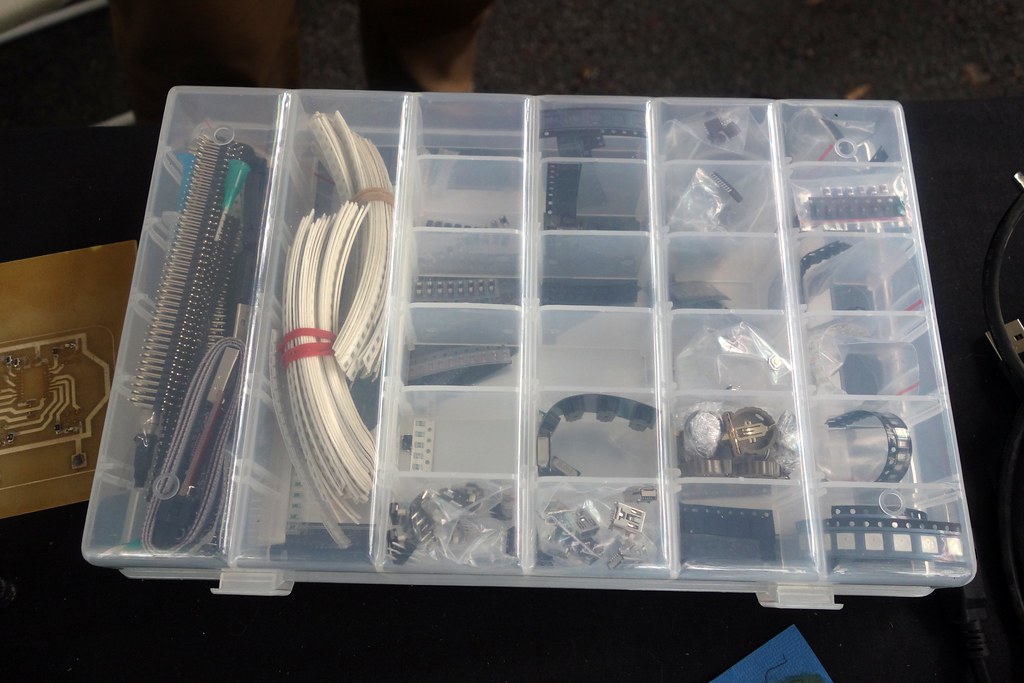
9. Repair & Utility: The Handy Helpers You’ll Miss.
You’re out in the wild, then—rip!—your tent snags or boot leaks. Suddenly, it’s a MacGyver challenge. A well-stocked “MacGyver kit” goes from “maybe I’ll need this” to “thank goodness!” Tiny tools fix big problems, preventing mishaps from escalating.
Our kit starts with humble duct tape; wrap “3 ft. around Nalgene.” Stash “550 paracord 50 ft.” for endless uses, and “Zip-ties 4″ & 8″” for quick fixes. A “multi-tool or knife” is useful for “various tasks,” making you a resourceful outdoor pro.
We once repaired a “torn rainfly at 2 a.m. with floss”—it was “still waterproof three years later!” A simple “sewing needle + dental floss” saves your pack and sanity. These wilderness problem-solvers ensure a small tear doesn’t derail your adventure.

10. Sleep System Saviors: For a Restful Night Under the Stars
After a long day, a good night’s sleep is restorative. For “memory-foam addicts,” comfort under the stars is a necessity for happy trails, keeping you refreshed for whatever the wilderness throws your way.
Gear designed for comfort is a game-changer. The Nemo Fillo pillow “compresses to orange size” but offers great head support. For side-sleepers, the Big Agnes Sidewinder 20° bag is “cut for elbow room.” The Nemo Tensor pump-sack “keeps moist breath out of baffles,” preventing mold.
Insulation from the cold ground is paramount for a warm night, contributing to “maintaining body heat and preventing hypothermia.” A good sleep system provides physical comfort and mental fortitude, ensuring you wake up ready to thrive. Prioritize that pillow and sleeping bag—your rested self will thank you!
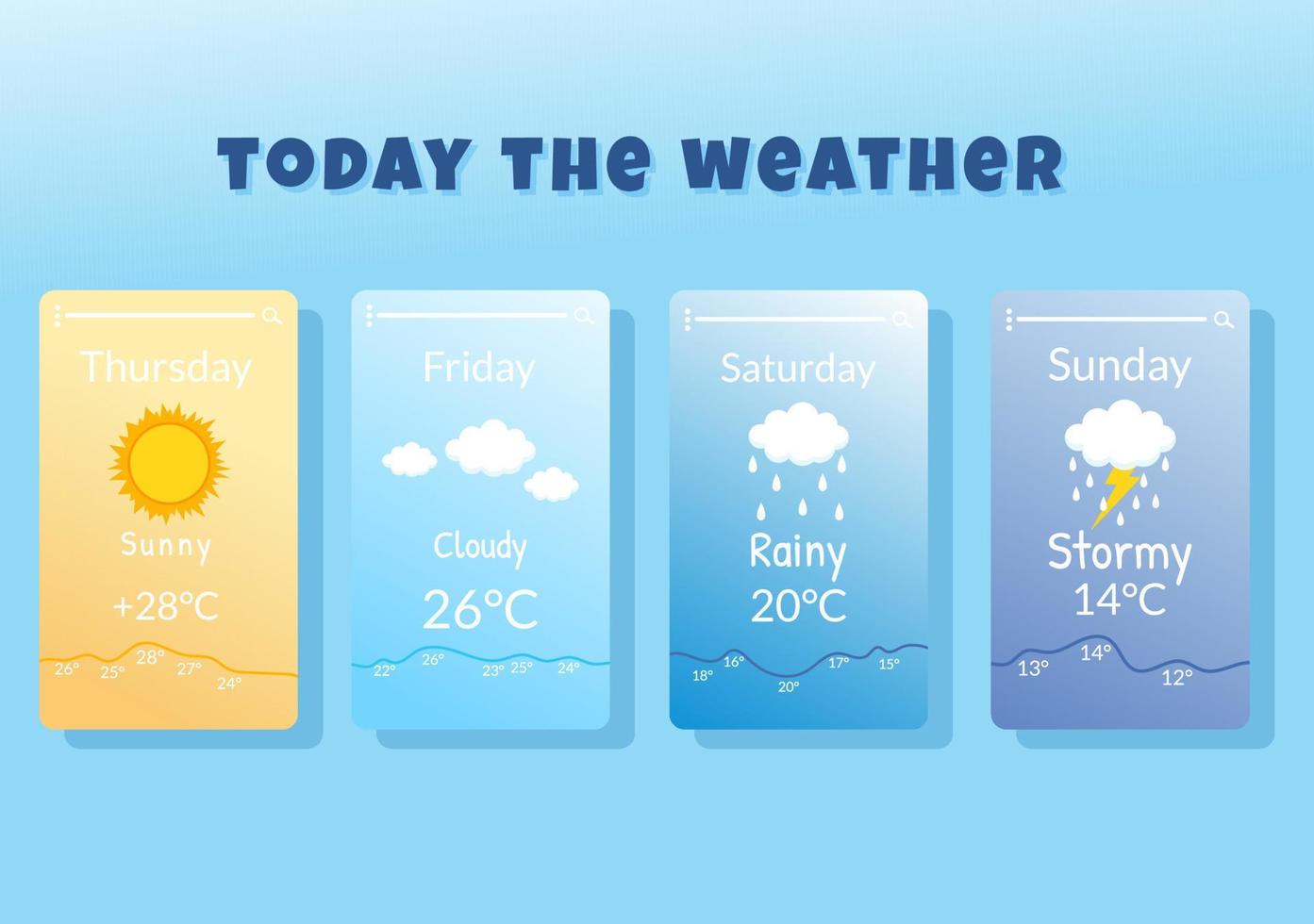
11. Weather Warriors: Layering for the Unexpecte
Forecast clear? Then BAM! Mountains, notorious for inventing “weather at 3 p.m. sharp,” hit you. A “forecast flip” turns a pleasant afternoon into a shivering struggle. A weather warrior prepares for anything, even clear skies.
Layering is non-negotiable. Even “in July,” always “pack puffy + rain shell.” Our combo: Patagonia Houdini wind-shirt (“3 oz”), REI Magma 850 down jacket (“10 oz”), and Frogg Toggs UL rain jacket (“5.5 oz”). This trio protects from “wind, cold, [and] rain” for just “18.5 oz”—”cheaper than one emergency hoodie” and more effective.
Layering directly aids “maintaining body heat and preventing hypothermia.” Multiple thin layers trap air better, providing superior insulation and allowing adjustments. Don’t let sudden weather catch you off guard. Right layers boost safety; pack smart and stay warm, continuing your adventure regardless of Mother Nature!
12. Waste Management Wonders: Leave No Trace!
Nobody wants to stumble upon litter. Responsible “waste management” is fundamental outdoor ethics. Our golden rule: “ALWAYS pack-out: TP, wet wipes, micro-trash.” If packed in, pack out—no exceptions!
For easy waste, use “Trash compactor bags,” tougher than grocery bags. For smells, a “Ziploc Freezer gallon” is “odor-proof.” For sensitive environments, the legendary “TheTentLab poop-tube”—yes, really! This ensures pristine spaces for future adventurers.
This commitment to “Leave No Trace” ensures beautiful places remain pristine. Proper waste disposal extends to fire: “fully extinguish… with water or dirt… until it’s cold.” These actions cumulatively impact preserving natural beauty. Let’s all do our part!
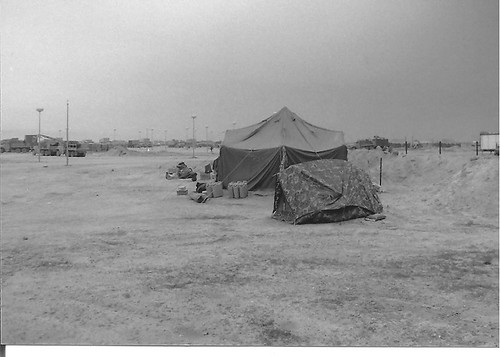
13. Bug Battle Gear: Repellents and Relief
Nature’s symphony, interrupted by buzzing mosquitoes, chiggers, or black flies. Nothing spoils serenity faster than becoming a buffet! Forgetting bug battle gear isn’t just annoying; it causes itchy nights, making “Bug Battle Gear” non-negotiable.
Know your heavy hitters: DEET, Picaridin, and Permethrin. DEET (30%) is effective but can smell. Picaridin (20%) is light-smelling, fabric-safe, “Safe [for] Kids <3 yrs.” Permethrin unique: “treat clothes” for protection through “6 wash cycles” with no smell.
Our winning strategy? “Treat socks, hat, chair fabric with Sawyer Permethrin” for gear. For skin, “spray with Natrapic picaridin” for immediate defense. This led to “Zero bites on a Boundary Waters June trip”—pure “bliss!” For bites, “AfterBite Xtra” helps. Enjoy nature, don’t become its main course!
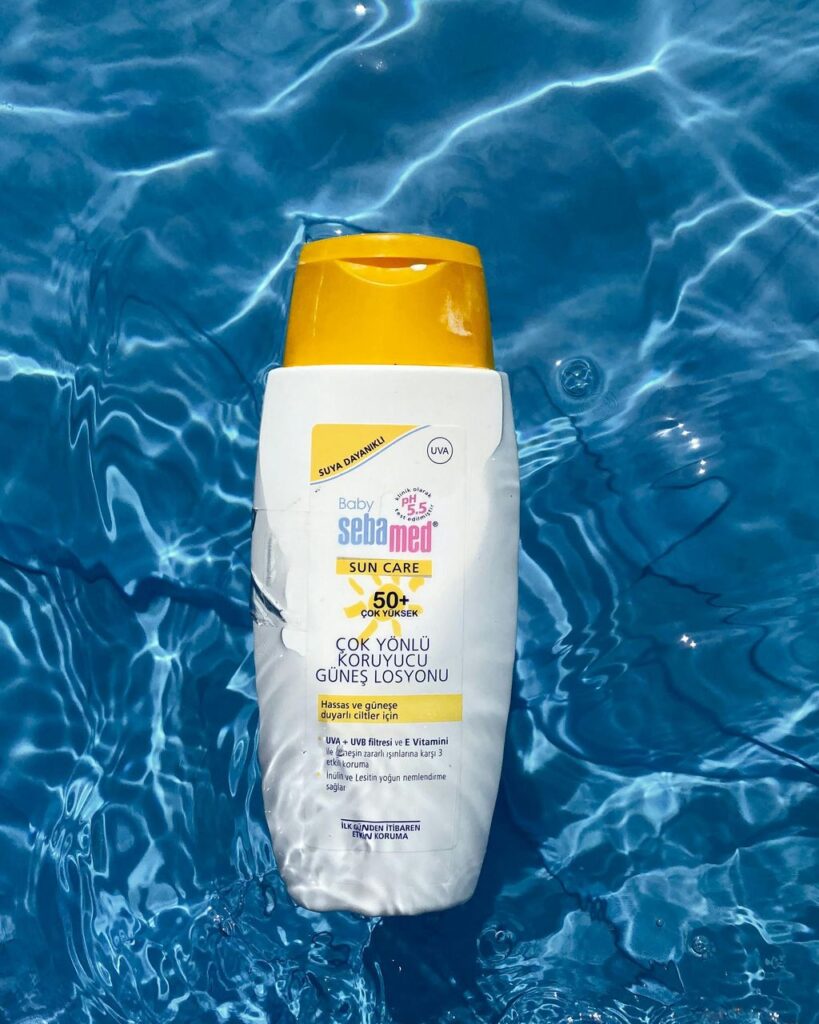
14. Sun Protection Squad: Shielding from the Rays
Sunshine is great, but forgetting sun protection is a rookie mistake with painful consequences. Sunburn, chapped lips, damage are no fun. We’ve all realized “SPF 30 lip balm melts in hot car” or wished we’d protected hands. “Lobster claws are not chic,” nor happy campers!
The sun’s rays are intense, especially reflected off water/snow or at altitude. A comprehensive approach is essential. Use broad-spectrum sunscreen. Lips are vulnerable, so a sturdy lip balm (stored out of direct heat) is a must. For long days, “Sun gloves save the backs of hands,” crucial protection.
Our top recommendations: Neutrogena Ultra-Sheer face stick and Buff UV Gloves. Preventing sunburn is vital for comfort and health. Prolonged exposure leads to dehydration and discomfort, impairing enjoyment or sound decisions. Slather up, cover up, and enjoy responsibly!
**Conclusion: Never Leave Home Without It (Again)!**
Phew! What an adventure, right? We’ve journeyed through forgotten gear, uncovered packing predicaments, and armed ourselves with 14 essential items that can make or break your trip. From lighting to battling bugs, these companions are tickets to smoother, safer, and more enjoyable outdoor experiences.
So, ditch the pre-trip panic, embrace the checklist (especially our FREE Camping Checklist™ app!), and pack like a seasoned pro. When you’re under the stars, roasting marshmallows, and making memories, worry about the last s’more, not where you left the bug spray. Here’s to unforgettable adventures—fully stocked and blissfully forget-free!

